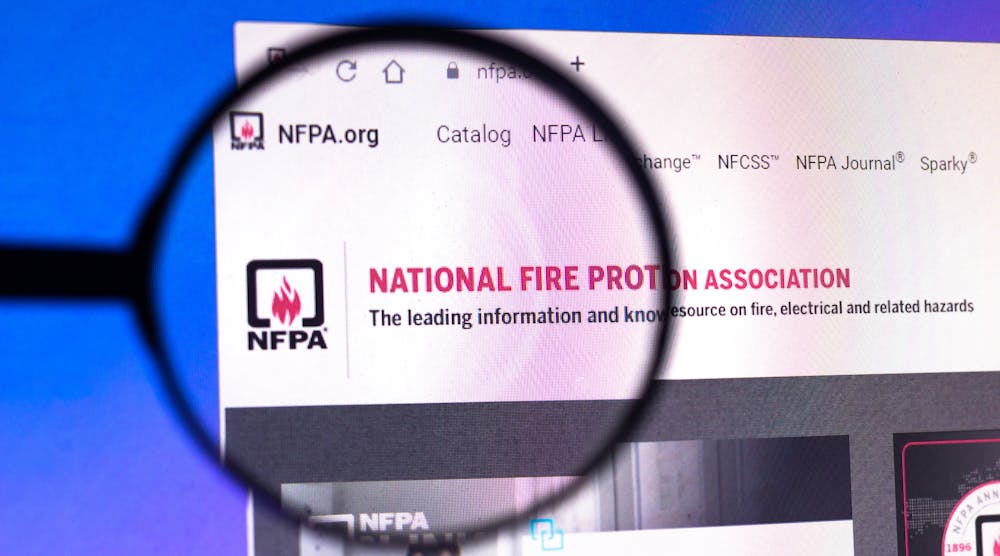Community, Leadership, Experimentation, Diversity, & Education
Pittsburgh Arts, Regional Theatre, New Work, Producing, Copyright, Labor Unions,
New Products, Coping Skills, J-O-Bs...
Theatre industry news, University & School of Drama Announcements, plus occasional course support for
Carnegie Mellon School of Drama Faculty, Staff, Students, and Alumni.
CMU School of Drama
Friday, March 24, 2023
Making Sense of Material Fire Ratings
Buildings: If you’re a facility manager or owner, you need to know about material fire ratings. Fire resistance ratings are the times that materials have withstood fire exposure according to stringent tests. Whether you’re building with lumber or steel, each material you use has a fire rating.
Subscribe to:
Post Comments (Atom)

5 comments:
I did not know what specifically were the types of material fire ratings and what building fit into the various categories. I know in the theatre certain states have different stage fire resisting laws. Like in Chicago I know that fire proofing everything is stringent testing, but in other states it is not as strict. I remember in props Todd Kulik telling us about fireproofing all the papers in As You Like It because if one were to fall from the ceiling and land on a light they run the risk of catching fire. I think theaters have a notorious history of not meeting certain safety regulations, taking risks in favor of letting the show or design go on, and often every theatre technician has some horror story of how they almost/have hurt themselves. Theatres reaching these listed fire safety requirements is always a concern especially at the highschool or community theatre level where everyone may not know what is best protocol and thus these types or articles are very useful.
I love the scream series so this article got my interest and I appreciate the way the mask has evolved over the series but has still remained its essence this whole time. It’s like when Disney makes a sequel to a movie they made a decade ago with preliminary technology and then when they do it again and the characters are rendered differently due to the massive increase in technological animation advancements but still maintain the essence of the character. I like the costume designer’s explanation of the costumes looking like they came from spirit halloween while making them not look like they came from spirit halloween since the costumes are purposely supposed to look like they were made in stores but not FROM the store which is confusing but fun. It’s also impressive that since the face in the scream costume is so funny and iconic that it hinges on ruining the fact it’s a horror movie but the costume designer and the director worked on maintaining the horror element.
Sorry posted to the wrong article ignore this one.
This article is so extremely useful in it teaching people about the different fire ratings for materials and how dangerous they could be. Personally, I’m very scared and almost always pays attention to things that have potential fire hazard and they could be extremely dangerous and deadly. This article including things that we can see and feel in daily life gives us a better idea in what materials are dangerous and what’s relatively better. Personally, one of the experiences that I have had with fire and firefighters is when my closest friends school keep on having fire alarm ringing during all days for two weeks and by the end of that time they figured out that it was steam that was created the heating system triggering all the fire alerts. This also made me thing about stage performances, when we know these material are dangerous we often avoid them for a safer stage performance.
I enjoy reading articles like this one because it talks about stuff that we never think about. I mean, how often do we think about how fire resistant Purnell is? But that’s kind of a bad example because I think we do actually think about that a lot, so: how often do we think about how fire resistant the UC is? How fire resistant is your dorm, or if you’re a regular person, your house? There are so many systems and organizations and rules in place to keep us safe, and we take them all for granted too often; I think that (maybe) we’ve all been made aware of it as Purnell’s fire alarm system is being replaced/worked on right now, as we’ve all seen. I never knew buildings were categorized based on how they are built; I had always assumed it was based on its usage. Likewise, I didn’t know how many materials can be made to be fire-resistant, like wood and glass.
Post a Comment